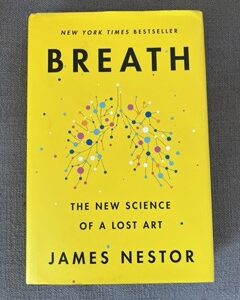Research began in 1989 using eye movement desensitization and reprocessing or EMDR for therapeutic purposes through the work of Francine Shapiro. With over 20 years of work, researchers find positive therapeutic results with EMDR with a wide range of populations. Here is what they have found:
- “Combat veterans from the Iraq Wars, the Afganistan War, the Vietnam War, the Korean War, and World War II who were formerly treatment resistant and who no longer experience flashbacks, nightmares, and other PTSD sequelae
- Persons with phobias, panic disorder, obsessive compulsive disorder and geneneralized anxiety disorder who revealed a reduction of fear and symptoms
- Crime victims, police officers, fire fighters, and field workers who are no longer disturbed by the aftereffects of violent assaults and/or the stressful nature of their work
- People relieved of excessive grief due to the loss of a loved one or to line-of-duty deaths, such as engineers no longer devastated with guilt because their train unavoidably killed pedestrians
- Children and adolescents healed of the symptoms, including depression, caused by disturbing life experiences
- Sexual assault victims who are now able to lead normal lives and have intimate relationships
- Victims of natural and manmade disasters able to resume normal lives
- Accident, surgery, and burn victims who were once emotionally or physically debilitated and who are now able to resume productive lives
- Victims of family, marital and sexual dysfunction who are now able to maintain healthy relationships
- Clients at all stages of chemical dependency, sexual deviation/addiction, and pathological gamblers, who now show stable recovery and a decreased tendency to relapse
- People with dissociative disorders who progress at a rate more rapid than that achieved by traditional treatment
- People with performance anxiety or deficits in school, business, performing arts, and sport who have benefited from EMDR as a tool to help enhance performance
- People with somatic problems/somatoform disorders, including migraines, chronic pain, phantom limb pain, chronic eczema, gastrointestinal problems, CFS, psychogenic seizures, eating disorders, and negative body image, who have attained a relief of suffering
- Adults and adolescents successfully treated for diagnosed depression
- Clients with acute trauma and wide variety of PTSD and trauma-based personality issues who experience substantial benefit from EMDR” – Source: EMDR Research
To look at the research, click the link below.
Source: EMDR Research






